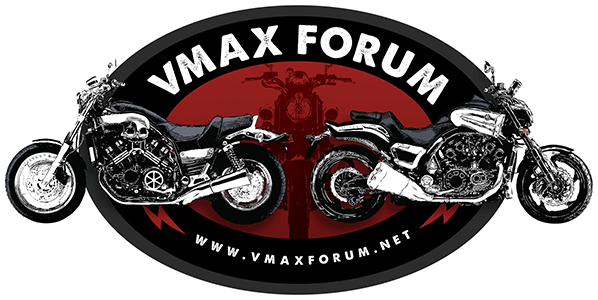I just saw this post.
I'm running the Dynojet Wideband; it came off of my wifes formerly supercharged 350Z
It reads and displays on an analog guage wideband a/f ratio.
It wil also datalog
RPM
Throttle position (you need to rig this up, since there not a sensor on these carbs)
Boost or Vacuum
Also datalogs the A/F
You can play back a graph of all this stuff on a laptop, great tuning tool
The wideband also has a programmable lite on the guage that you can make light up under all sorts of conditions, most people running forced induction would have it lite up under excessively lean conditions when over a given throttle position and while under boost.
It also has another programmable output that you can do just about anything with relative to what it's sensing.
I'm currently just using mine to drive a shift lite, it could also be used to drive nitrous or whatever.
Plugging an empty Bung is no big deal, they sell plugs to fit them or even a broken off sparkplug will fit.
As for multiple bungs and sensors I don't think it's needed. Even guys running 30psi boost on some of these sport comapacts out there (big$$$$) usually only monitor one bank on a V motor.
You have to trust that the fact that whatever you did to one carb you did to ALL of them and then take it on faith.
When I originally installed it I still had the factory exhaust and I installed the sensor on the big collector box next to the driveshaft and by that spot where the centerstand used to rest. It's about the only flat spot on there.
On that application it was looking at all four cyliinders.
Now I have it on my UFO exhaust so it's only looking at 2 cylinders, the left front and the right rear.
These guages are VERY responsive except at idle where their accuracy is questionable due to the low volume of exhaust flow (at least I think so, at idle it reads ULTRA lean, when i know it's not), As soon as rpms come up over about 1250 or so it starts doing it's thing.
I've found it to be useless for trying to set the idle screws, for that I think you'd need to install it on the individual pipes, not worth the effort I think since these guages are really for making sure you're not in the detonation zone and also for getting the A/F right under hard throttle, and for maybe playing with your cruise A/F for best efficeincy (**** i can't spell:bang head

On the exhausts that have a rear crossover, like the Marks system, I would NOT install it in that crossover because I don't think it would be very responsive although I could be wrong.
As for rigging a throttle position sensor; the Dynojet wants a 5 volt signal for that and as far as I know all throttle sensors require a 5 volt source.
There IS a 5 volt source on the Vmax that I didn't find out about till recently, it's the hot wire feeding the manifold vaccum sensor already on the Vmax. That power source comes out of the TCI box.
I don't know how much sensor load the 5 volt source in the TCI box can handle but I don't think adding one to that source would overload it, there's not really any significant current happening here anyway, it'a all voltage signals. But once again it's not something I can attest to.
One more thing,
A narrow band guage is still a narrowband guage no matter how many pretty lites and leds the mfg. adds to it.
It's capable of doing ONLY two things and that is telling you if you are above 14.7:1 or below 14.7:1
There is a considerable price difference between a narrowband and a wideband set up.
I wideband setup will typically be extremely accurate from 10.0:1 to 19.0:1
A wideband sensor all by itself is usually on the range of $80-130 without the electronics to operate it.
Hope this helps,
If someone is serious about wanting more input on this feel free to call me at 713-542-6169
Just don't do it this week tho' cause I left my phone at my father in laws lake house and won't get it back till next weekend.
Later,
Rusty




